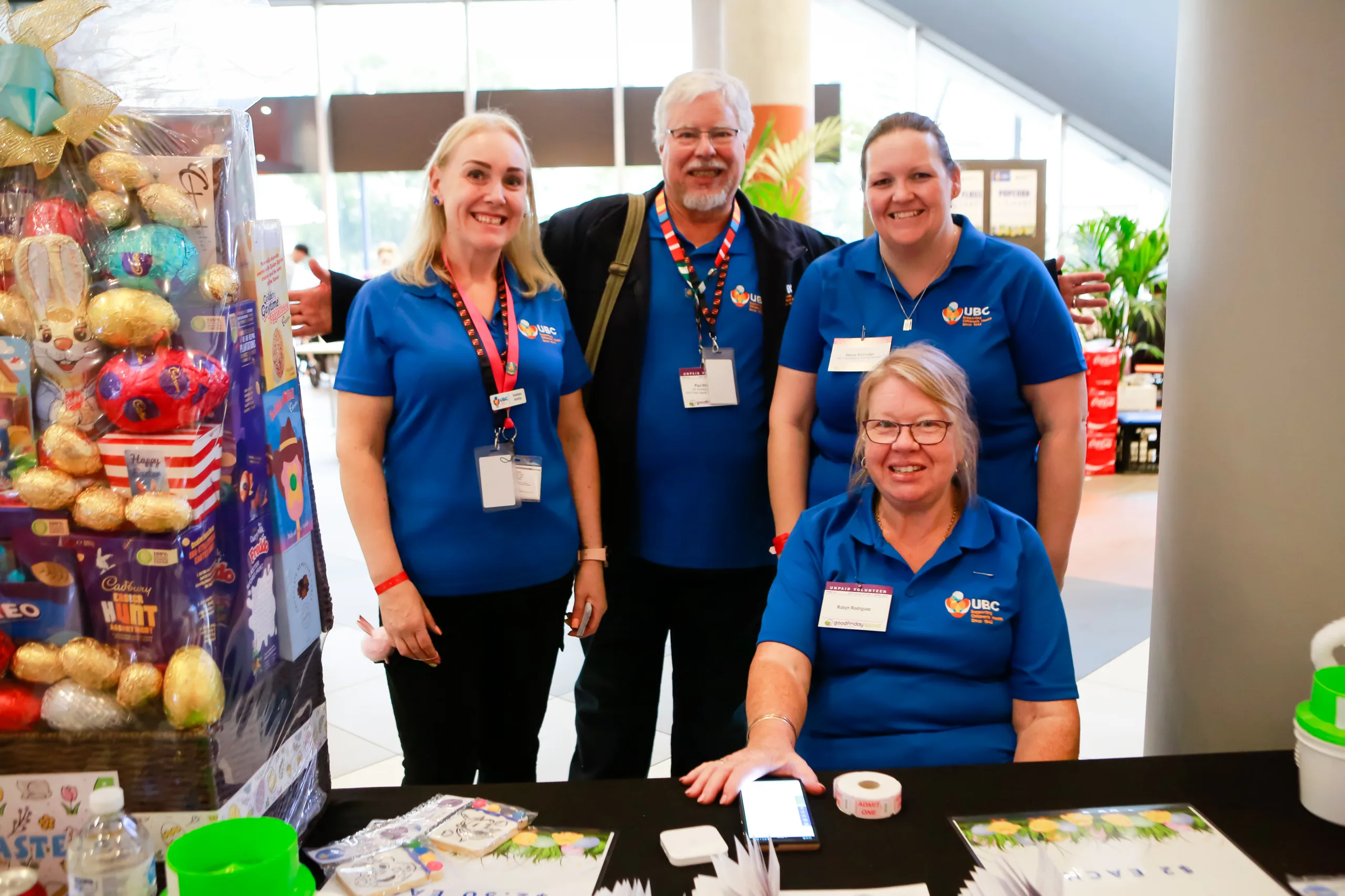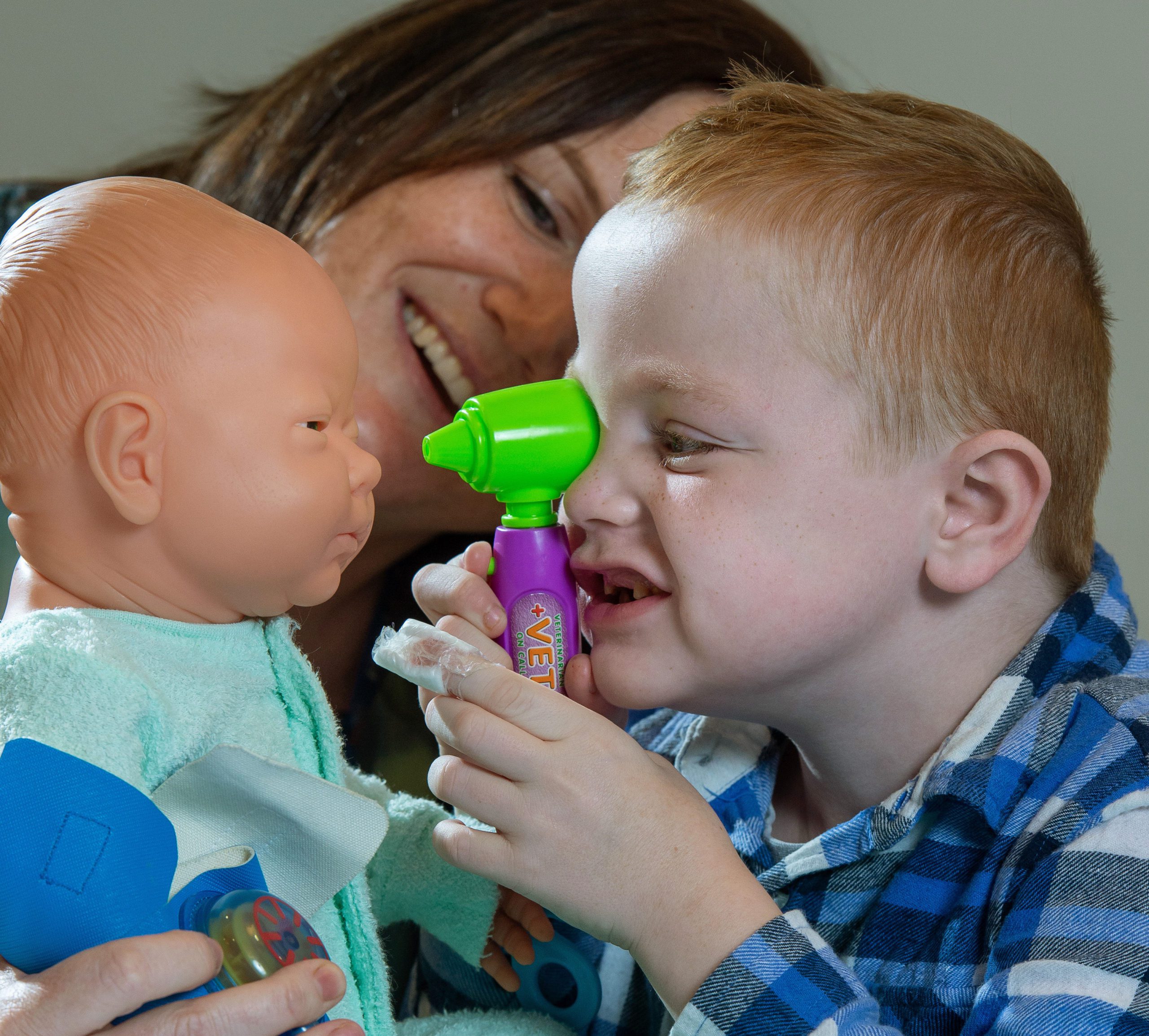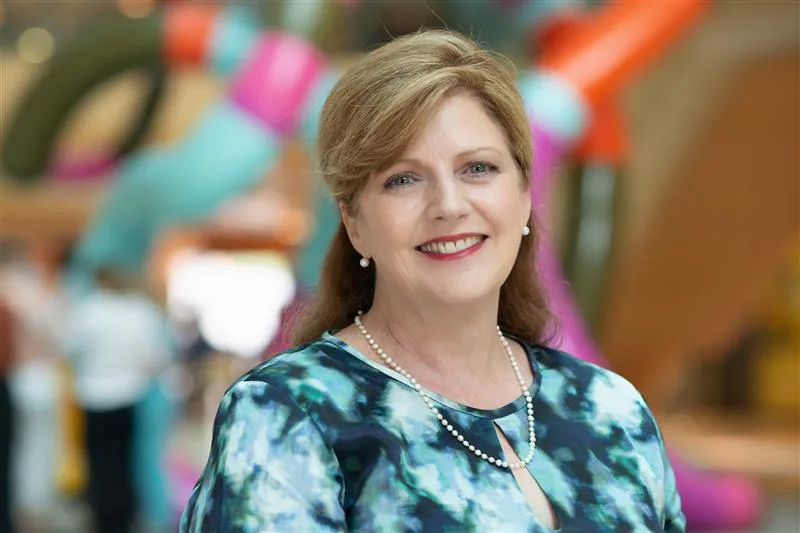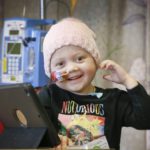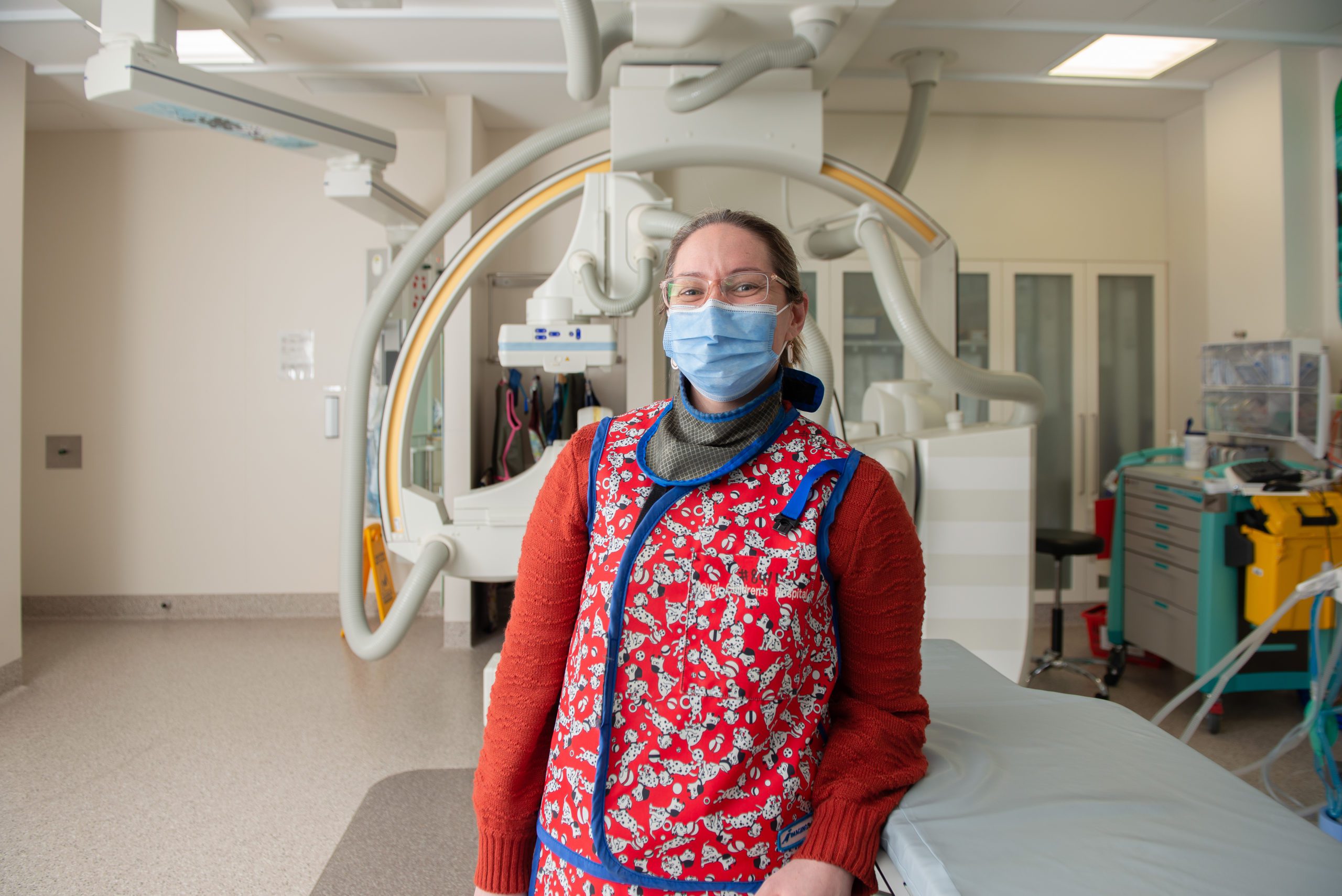
Radiation monitoring technology
New radiation monitoring technology funded by the RCH Auxiliaries through the Good Friday Appeal is ensuring long term health outcomes for patients.
Monitoring the radiation levels of every child that undergoes an X-ray, CT scan or other specialised medical image at The Royal Children’s Hospital has been transformed thanks to the new MyXrayDose computer system funded by the RCH Auxiliaries through the Good Friday Appeal.
MyXrayDose is changing the way the RCH cares for patients, ensuring long term health outcomes. Medical imaging and scans are essential tools for diagnosing, measuring and managing a number of health conditions, however each scan exposes the patient to a small dose of radiation. For some children, their condition means that they need to undergo a large number of these scans in their lifetime.
Thanks to this new technology, Amanda Perdomo, the Radiation Safety Officer at the RCH, and her team have the ability to accurately measure their exposure to radiation, to ensure the risk is managed and minimised.
Nine Auxiliaries including the President’s Fundraising Network, Kooyong Lawn Tennis Club, Broadmeadows, Parkville, Templestowe, Footscray and Yarraville Juniors, Geelong, Knox-Sherbrooke and the Southern Rainbows Auxiliaries funded the software as a gift of $150,000 to honour 150 years of the hospital.
“It has been of great value to the Medical Imaging Department and the service we are now able to provide, and it wouldn’t have been possible without the funding provided by the Auxiliaries,” said Amanda.
Prior to this radiation tracking software, there was no central way of monitoring patients at the RCH and their lifetime burden from radiation exposure.
“It’s much, much easier to monitor now. In the past, a radiographer would look at the scans and then contact me if there were any issues. The radiation information was recorded manually so there was more room for error or data loss,” said Amanda.
The patient radiation and image quality monitoring software collates the radiation dose exposure for all patients and for every examination involving ionising radiation at the RCH. If any of the radiation exposures are outside of predetermined dose limits or the image isn’t optimal, the software automatically sends an alert to Amanda for assessment.
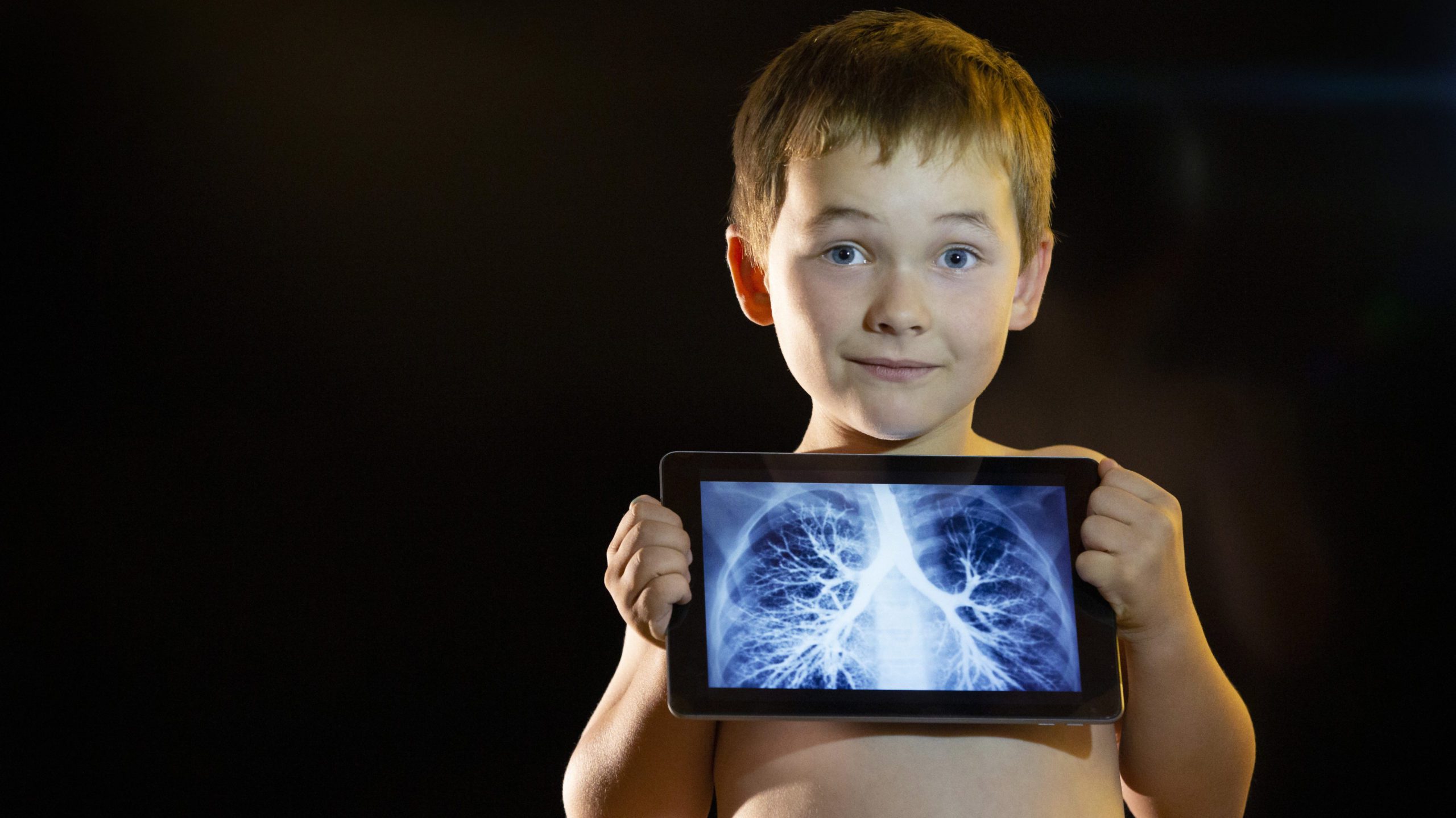
“Although there are strict safety procedures implemented when patients undergo scans, they are still being exposed to a small dose of radiation. Excessive exposure can lead to a greater risk of developing cancer. Parents can understandably feel anxious about exposing their child to radiation,” said Amanda.
“This system has immediate benefits for patients; the dose and image quality is being looked at for every single patient – I am overseeing everything in the background. Also, I now have the information at hand to show parents and ease their mind – I can communicate to them ‘here is the last 1,000 children who had this exam’ and being able to show the minimal radiation risk versus the risk of the patient not having that exam.”
The system will also allow Amanda to identify any trends in increasing radiation dose or decreasing image quality over time.
“In the long term, once we get sufficient data, we can compare ourselves to international sites and see where we can potentially improve,” said Amanda.
“We are so thankful to the Auxiliaries; this software has allowed us to deliver really great care to patients and has ensured we are able to go above and beyond. The RCH is the only Australian paediatric hospital that uses a comprehensive dose tracking software, meaning we are best practice and have the potential to be world leaders in this area.”
Please note: the X-ray image on the iPad held by Benjamin is not of his lungs.
Last updated February 2024.

